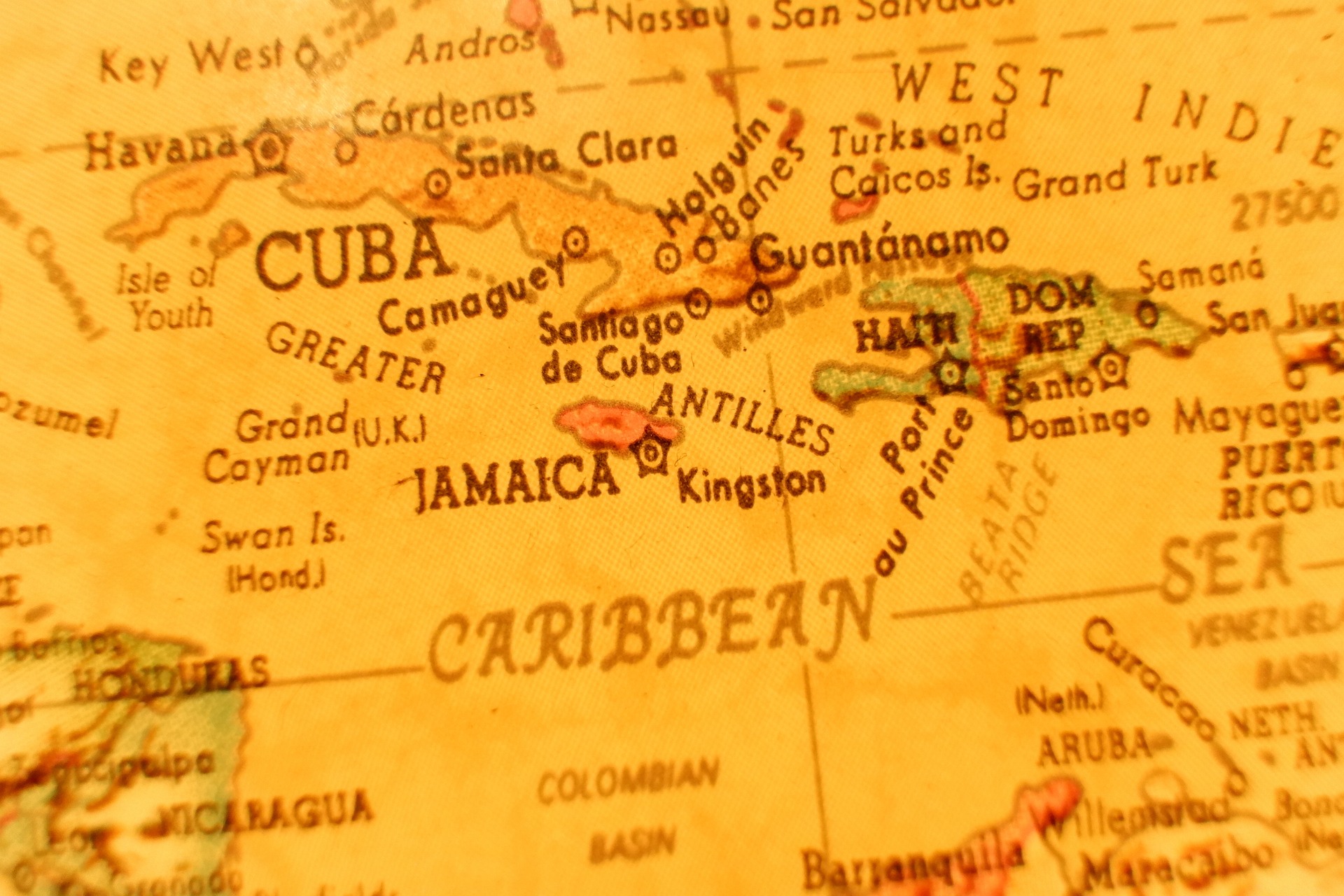In this blog post we share very exciting news for H-1B and L visa holders working in the United States.
The State Department is planning to resume the process of domestic visa revalidation in certain categories, like H-1B and L-1 visas, through the launch of a new pilot program that will soon be implemented later this year, specifically benefitting H-1B specialty occupation workers and L-1 visa holders who are currently required to travel abroad for renewal of their visas.
This move will restore stateside visa renewals, a practice that was previously discontinued by the government in 2004. Previously, certain categories of non-immigrant visa holders, particularly H-1B workers, could renew their visas and be stamped domestically while inside the United States. However, the government stopped allowing domestic renewal of these visas, requiring foreign workers to go out of the country and make an appointment at a U.S. Embassy or Consulate in their home country to receive an H-1B extension stamped in their passport.
The pilot program when fully implemented will benefit H-1B and L-1 workers allowing them to receive their stamping inside the United States without having to leave the country. This will help reduce the visa backlogs at U.S. Embassies and Consulates worldwide.
Additionally, the pilot program will potentially benefit tens of thousands of foreign workers, especially technology workers from India, where Consular operations are some of the busiest in the world.
 Visa Lawyer Blog
Visa Lawyer Blog







 Welcome back to the start of a brand-new week! In this blog post we share with you an exciting new
Welcome back to the start of a brand-new week! In this blog post we share with you an exciting new 


